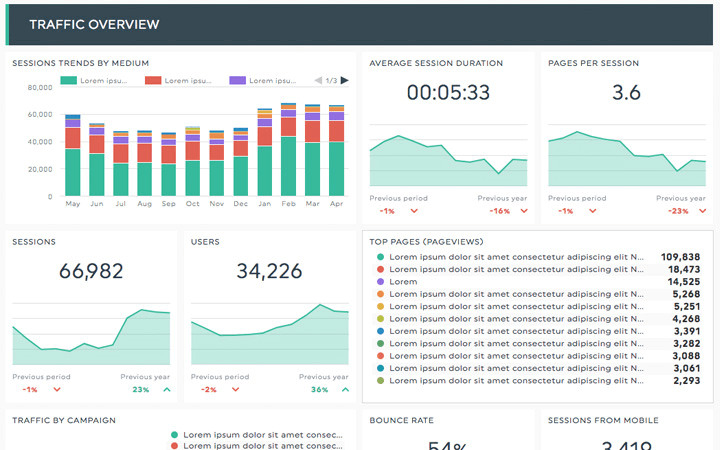What is page loading time?
The page loading time is quite simply the average amount of time it takes for a website page to show up on your screen. It's calculated from when the page is clicked on (from search engines or other links) to when the page is fully loaded in the web browser (Chrome, Edge, Safari, etc). It’s just as important, if not more, for your site visitors on mobile devices and on desktop.
Your page speed can look like your website doesn’t function properly, this can have an impact as a ranking factor on search engines, and you can lose mobile users and desktop users very fast.






